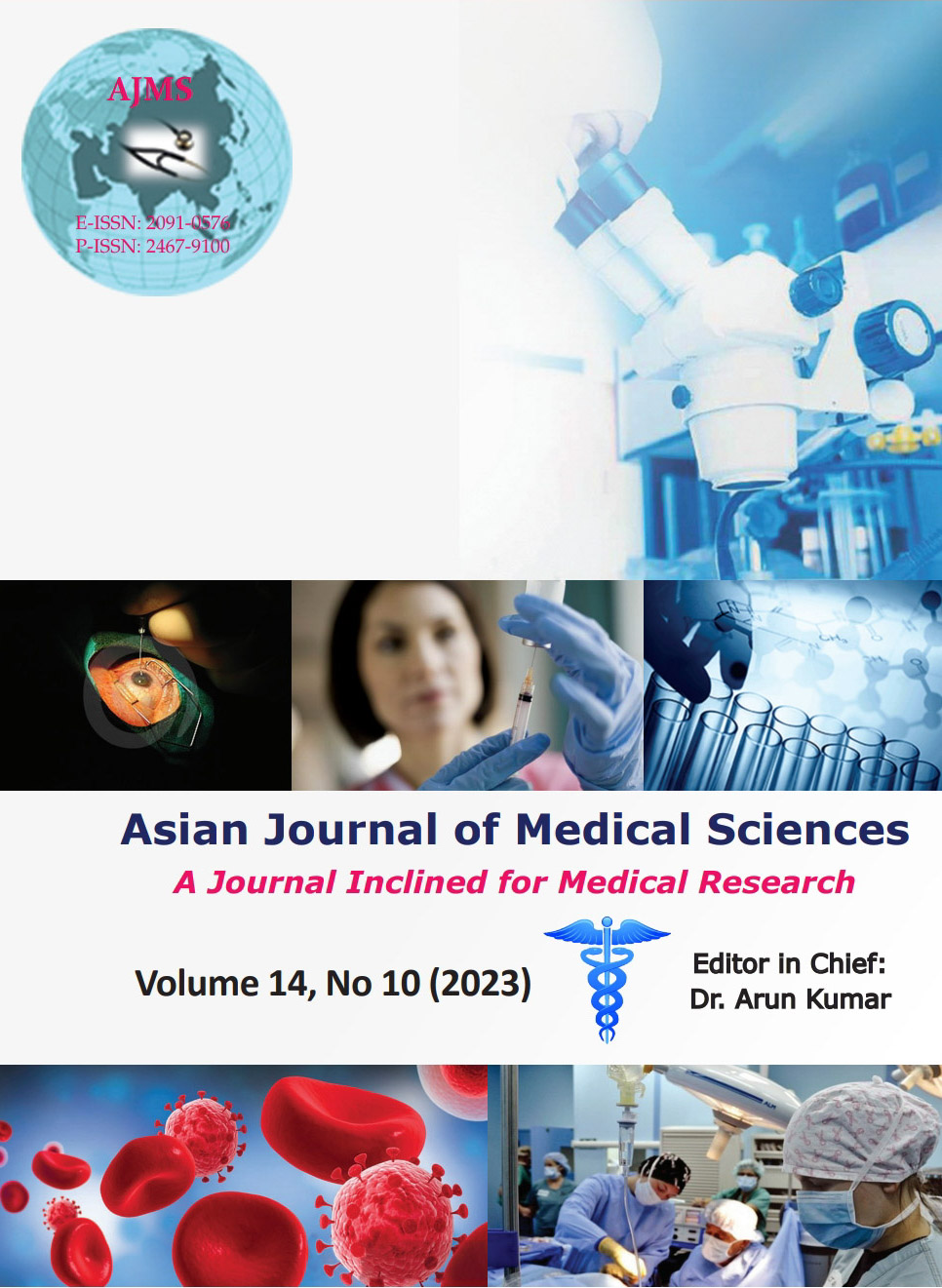Comparative study between effectiveness of proximal femoral nail and dynamic condylar screw in fixation of subtrochanteric femur fracture
Keywords:
Subtrochanteric femur fracture; Proximal femoral nail; Dynamic compression screwAbstract
Background: Subtrochanteric femur accounts for 10–30% of peri-trochanteric fractures. They need early fixation to avoid complications of prolonged immobilization. Proximal femoral nail (PFN) and dynamic condylar screw (DCS) fixation are most commonly used for subtrochanteric fracture fixation.
Aims and Objectives: The purpose of the study was to evaluate the outcomes of PFN and DCS fixation of the subtrochanteric fracture.
Materials and Methods: This descriptive follow-up study was conducted in Bankura Sammilani Medical College, Department of Orthopedics from May 2020 to October 2021. A simple random sampling technique with an estimated sample size of 40 patients in PFN group and 40 patients in DCS group was taken.
Results: Among the PFN cases, 24 (60%) cases were reduced by closed reduction, and 16 (40%) cases were reduced by open reduction. Among DCS cases, 30 (75%) were reduced by open reduction. The average operating time in PFN patients was 80 min and in DCS patients was 104 min. The average blood loss in PFN patients was 178 mL and for DCS patients 252 mL. The average union time of PFN cases was 15.56 weeks and DCS group was 18 weeks. Out of 40 cases of PFN, there were 24 excellent, 8 good, 6 fair, and 2 poor functional outcome by Harris hip Score, and DCS fixation had 6 excellent, 16 good, 12 fair, and 6 poor functional outcome.
Conclusion: There are no major differences in union rate and complication rate between the PFN and DCS. Although PFN has advantages over DCS in terms of decreased blood loss, decreased operative time, faster union, and a greater chance to closed reduction. Overall, it gives better functional result than DCS.
Downloads
Downloads
Published
How to Cite
Issue
Section
License
Copyright (c) 2023 Asian Journal of Medical Sciences

This work is licensed under a Creative Commons Attribution-NonCommercial 4.0 International License.
Authors who publish with this journal agree to the following terms:
- The journal holds copyright and publishes the work under a Creative Commons CC-BY-NC license that permits use, distribution and reprduction in any medium, provided the original work is properly cited and is not used for commercial purposes. The journal should be recognised as the original publisher of this work.
- Authors are able to enter into separate, additional contractual arrangements for the non-exclusive distribution of the journal's published version of the work (e.g., post it to an institutional repository or publish it in a book), with an acknowledgement of its initial publication in this journal.
- Authors are permitted and encouraged to post their work online (e.g., in institutional repositories or on their website) prior to and during the submission process, as it can lead to productive exchanges, as well as earlier and greater citation of published work (See The Effect of Open Access).




